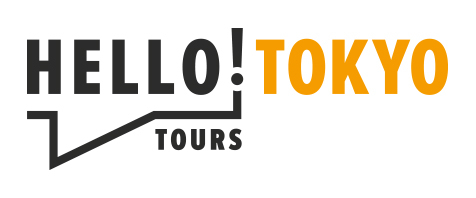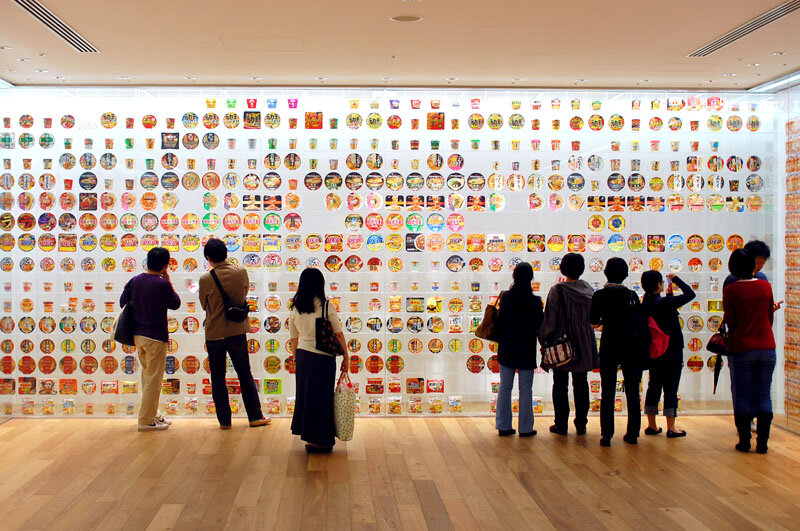Featured on our Yokohama Tour, you can design your own cup noodles at The Cup Noodle Museum. The Cup Noodle Museum in Yokohama is a fun, interactive, hands-on museum that depicts the history and creation of the instant ramen package and cup noodles. The instant ramen package was created in 1958 by the founder of Nissin Food Company, Momofuku Ando. The Cup Noodles was invented later on by him in 1971.
A long with a short movie, and exhibits to show the history the Nissin Food Company and Momofuku Ando, there is the My Cup Noodle Factory where you can create and design your own Cup Noodles to take home. You first receive and empty Styrofoam cup where you can draw your own designs on it. After choosing your special design you bring it over to the factory area where you choose your soup flavor and toppings! You can watch it being made right in front of you too!
Entrance Fee: 500 Yen General admission. 400 Yen to make a Cup Noodle.
Photo credit: Where in Tokyo
Address: 2-3-4 Shinko, Naka Ward, Yokohama, Kanagawa 231-0001
Hours: Closed Tuesdays, 10am - 6pm
*If Tuesday is a National Holiday then it is open and closed the next day.
Website: https://www.cupnoodles-museum.jp/en/yokohama/
How to get there: A 10 minute walk from Minato Mirai Station on the Minato Mirai Line.
*Cup Noodle Factory is in Yokohama, not Tokyo, however it is only about a 30 minute train ride away.



















